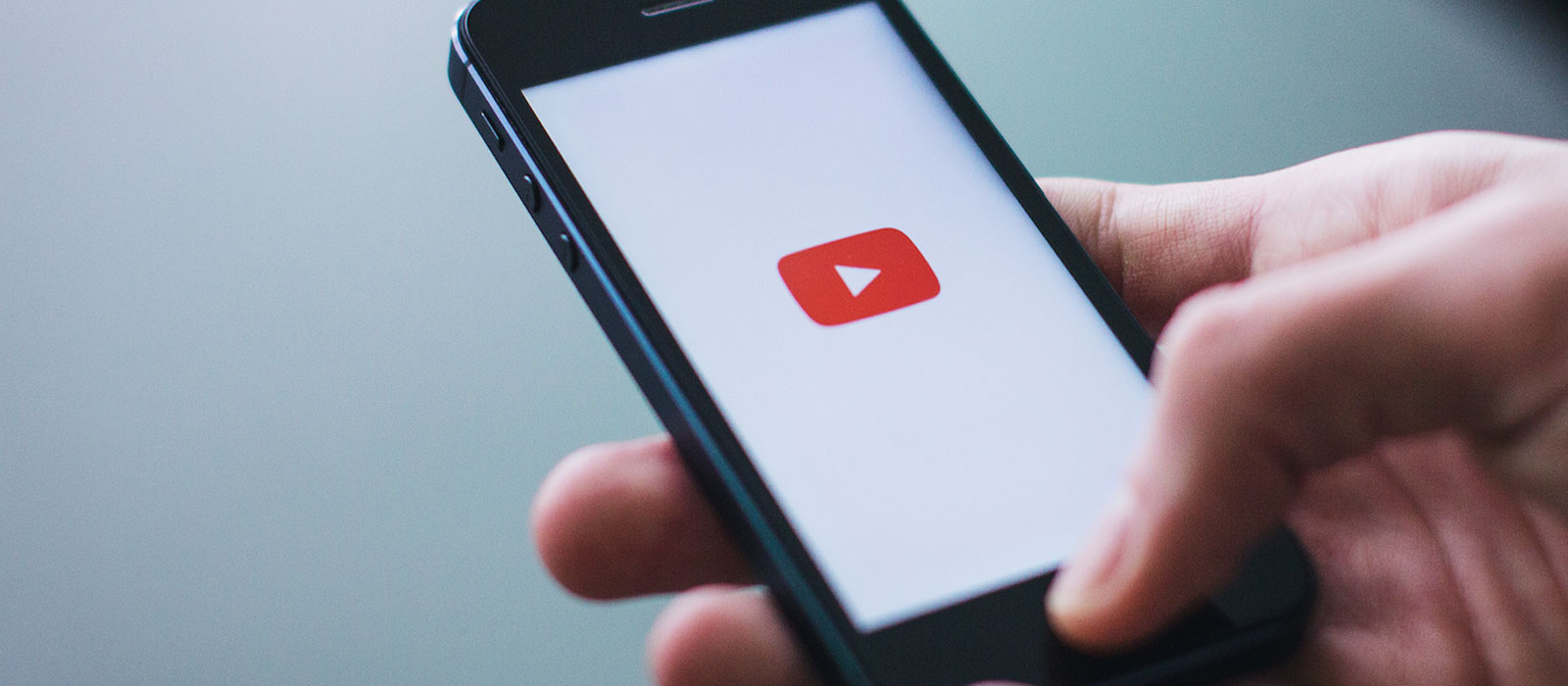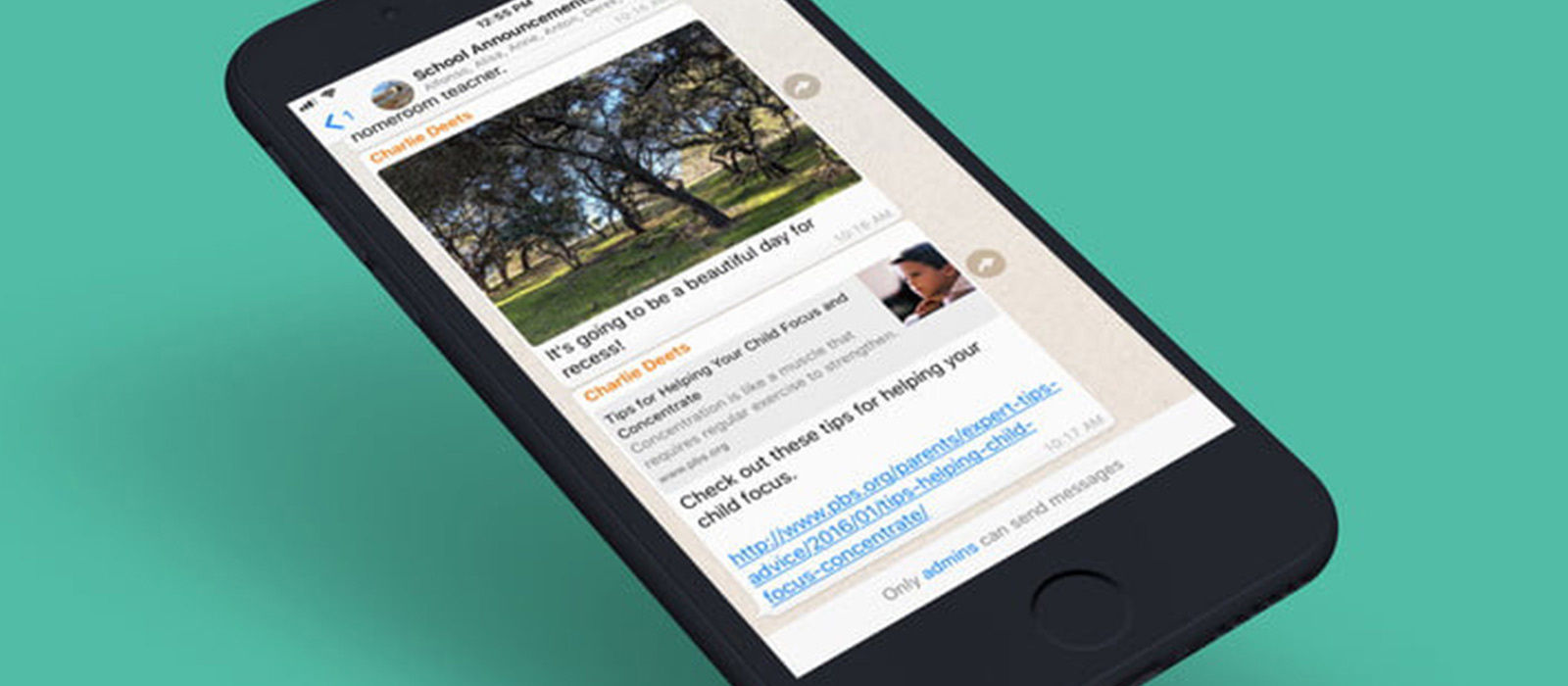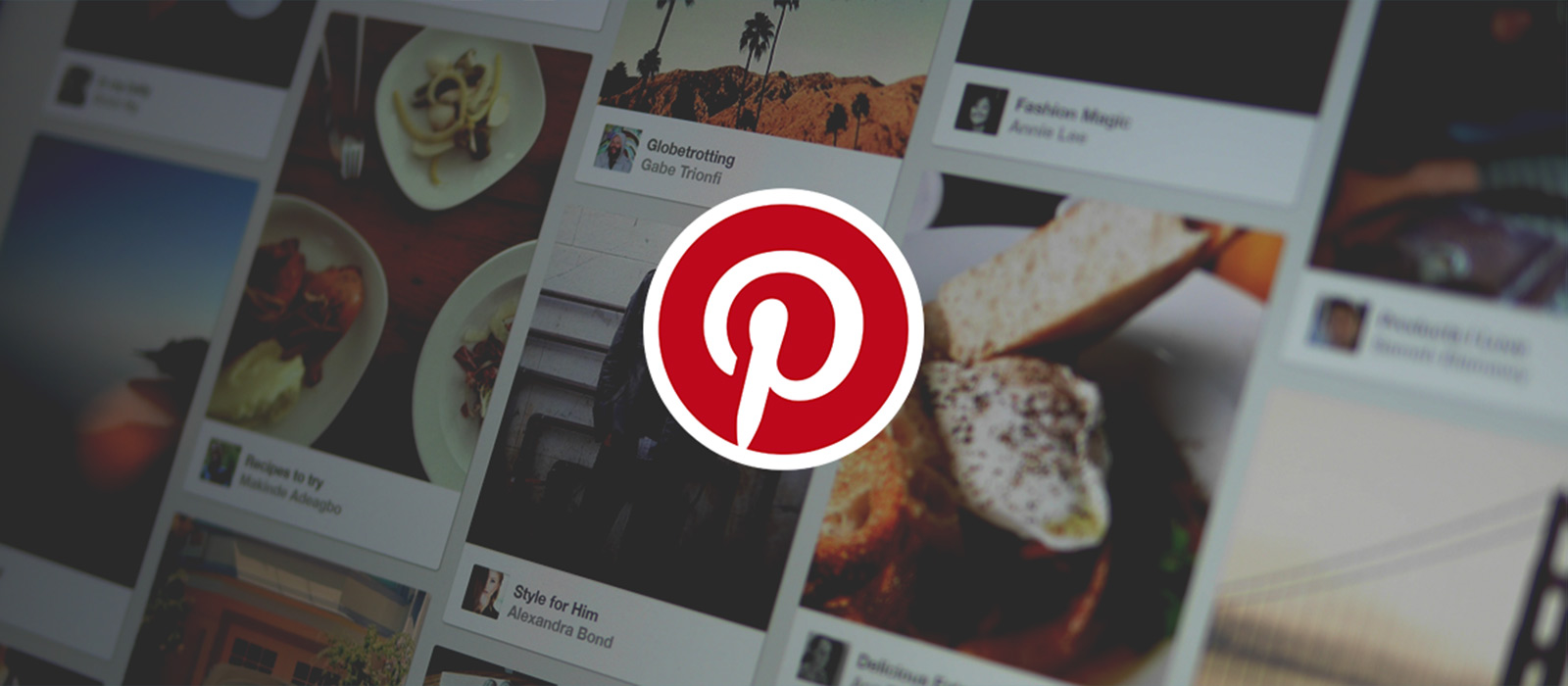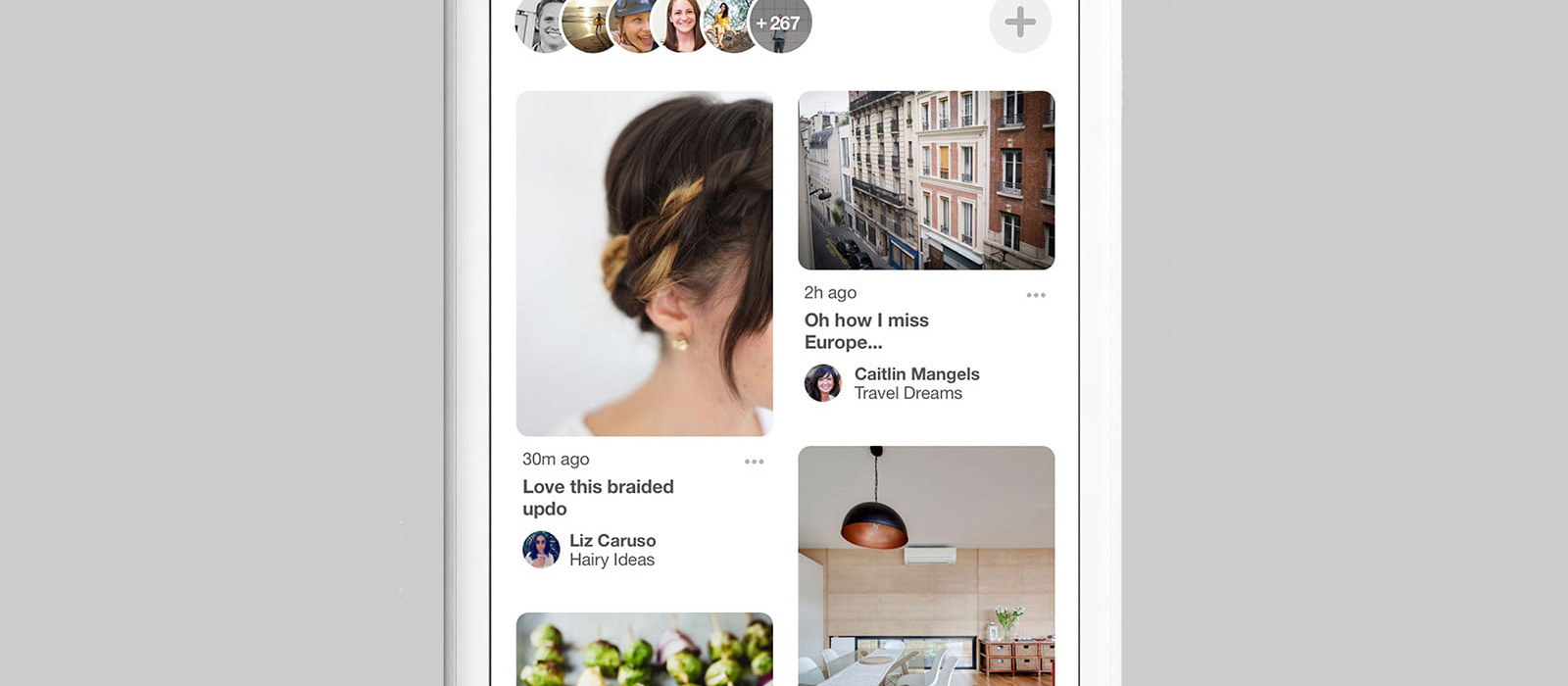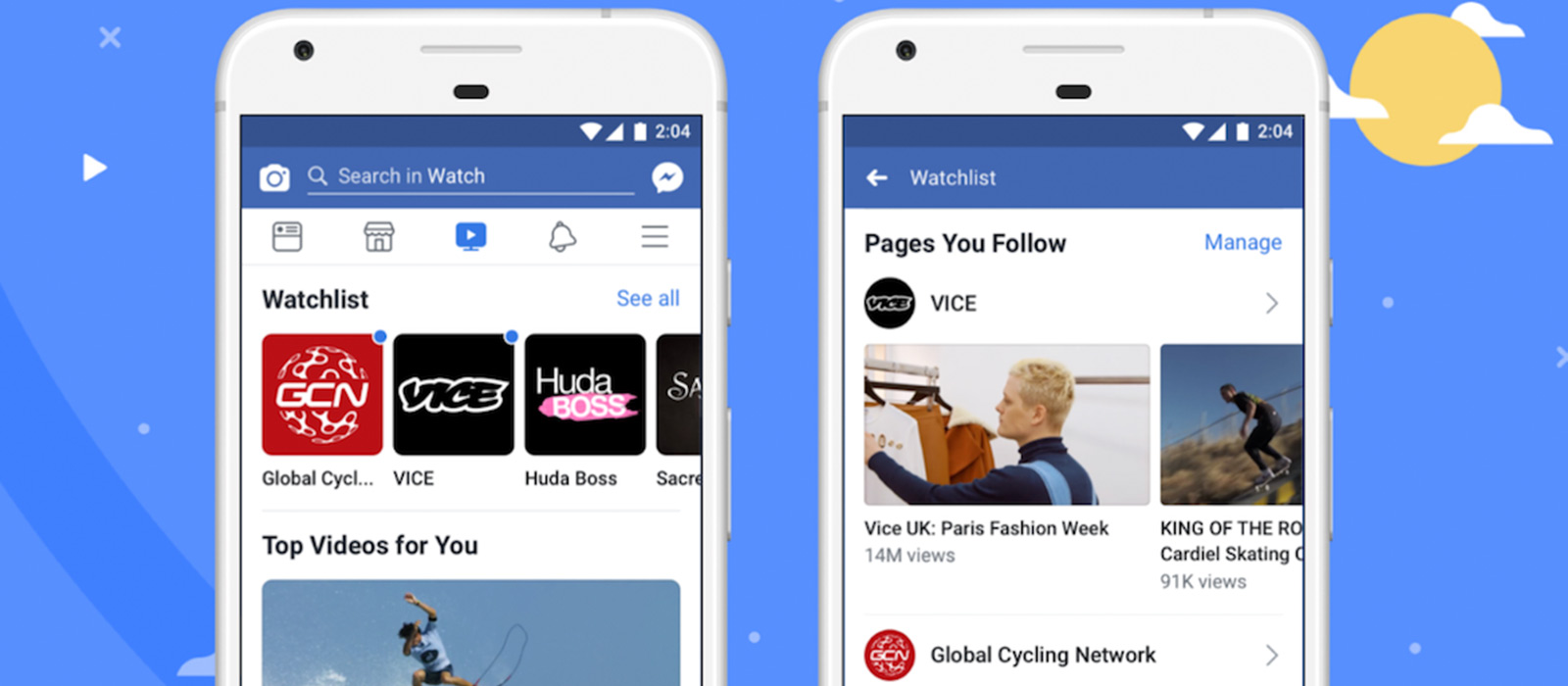Facebook Portal
Facebook is one of the most useful and powerful contact books, but long ago it opted against building a phone, and for good reasons. One being that the risk of it being a complete failure was quite high with the Windows Phone and the iOS/Android duopoly looking impenetrable. Another being it would have put Facebook in direct competition with Google and Apple, which would have risked an ugly conflict between them and the two biggest platforms on which the company depends. But, as every company wants to grow, so did Facebook. The company came back around to the idea of developing its own hardware, and in a way came back to the idea of a phone. The start of this journey began with the acquisition of the Oculus, which turned Facebook into a manufacturer of virtual-reality gaming gear (VR). And now comes the Portal and Portal+, a video phone that runs on Facebook Messenger. Jake Kastrenakes from The Verge has a breakdown of the gadget: “The Portal is designed to simplify video chatting by having a wide-angle camera capable of identifying your body, then tracking you as you move around the room. It makes for more comfortable chatting than holding a phone up to your face for extended periods of time. Facebook says the Portal is designed to create the sense that you’re sharing one big room with the people you’re talking to, and considers the chats you have on the device an augmented reality experience.” With the Portal, you don’t have to hold, aim, or direct anything. Once a chat starts up, the device’s camera will automatically find people in the room and keep them in frame. If multiple people are in a room, the camera will use a wide angle to fit them all in. If there’s only one person, the camera will zoom
Workplace, The New Social Network for Business from Facebook
In March this year Facebook hosted its first global summit spotlighting a growing social network platform for businesses launched two years ago called Workplace platform. While Facebook would not disclose exact figures, it said Workplace – a rival to collaboration services such as Slack, Salesforce, and Microsoft – has been a hit, and that ranks of users have doubled in the past eight to 10 months. The list of companies using Workplace included Walmart, Starbucks, Spotify, Delta, and Virgin Atlantic. "It is growing very fast," Julien Codorniou said, Workplace vice president. "We started with big companies, because that is where we found traction. It is a very good niche." Workplace is a separate operation from Facebook's main social network and is intended as a platform to connect everyone in a company, from counter or warehouse workers to chief executives, according to Codorniou. Why Use Workplace? Workplace claimed that a differentiator from its competitors is that it connects all employees in businesses no matter their roles, even if their only computing device is a smartphone. "That really resonates with a new generation," Codorniou said of Workplace's ‘democratic’ nature. "Millennials want to know who they work for and understand the culture of the company." He cited cases of top company executives using Workplace to get feedback from workers at all levels, bringing a small company feel to much larger operations. Workplace is rolled out to everyone in companies, which then pay $3 monthly for each active user. The software-as-a-service business began as an internal collaboration platform used at Facebook and was launched as its own business in 2016. Workplace is currently used by 30,000 companies and has its main office in London, according to Codorniou. Interaction with the platform plays off how people use Facebook, and Workplace adopts innovations from the leading social network. But, it is billed as a completely separate
YouTube expands non-skippable ads to more creators
YouTube has announced that it will be rolling out non-skippable ads to all content creators who are able to monetize their videos. On its official Creator Insider channel, YouTube has announced that it will expanding the role that non-skippable ads play on its platform. The company has announced that it will be rolling out non-skippable ads to all content creators who are able to monetize their videos. YouTube originally rolled out the option to select content creators but has announced that it will now be expanding it to other content creators. The announcement video mentions that this move will allow content creators to make more money off of their videos since advertisers are willing to pay more for ads that can’t be skipped after a few seconds. While this might be a good move for content creators, it will likely be a source of frustration for YouTube’s audience as many people have likely gotten used to being able to skip ads after five seconds. On the bright side, YouTube’s video support page does say that the ads will range in length from 15 to 20 seconds. While this might be three to four times as long as some viewers are accustomed to with the skippable ads, it is still quite a bit shorter than ads found on TV. Moving back to content creators, it will be interesting to see how the YouTube community reacts to this change overall. While some creators will likely welcome the chance to make more money, it is possible that it could hurt some smaller content creators who are still growing their audience. Dedicated fans may be willing to sit through 20-second ads for every video, but someone searching for new content might not be so patient. Another issue is one of Patron-support channels. There’s a subset of YouTube creators, such as Jim Sterling’s channel, that
WhatsApp just rolled out a giant internet megaphone
WhatsApp launched a new group setting where only admins are able to send messages to a group.
Voice Messaging on LinkedIn: Giving you more ways to have conversations
Voice messaging is rolling out now in the LinkedIn app on iOS and Android, and you can receive voice messages on mobile and on web.
Testing recommended posts in Instagram Feed
Now with Instagram recommended posts, you can see even more of what’s being shared by our community.
Snapchat’s visual search tool could take you shopping, but not on Amazon
Snapchat is experimenting with a new visual search feature called “Eagle.”
Pinterest launches a feed of just the boards and users you follow
Pinterest launched a Following tab, a new home for all the new Pins from only the users and boards you follow.
Facebook’s incoming CMO: ‘What lies before us in marketing is happening whether we like it or not’


